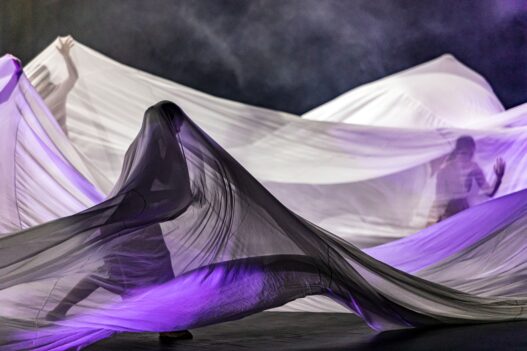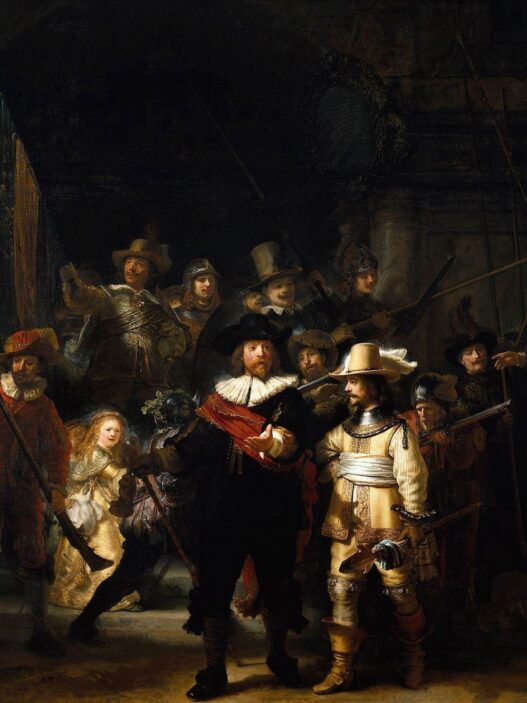In a world where public spaces are often overlooked or underutilized, performance art has emerged as a powerful tool for transforming these areas into vibrant and engaging environments. From bustling city streets to quiet parks, performance art has the ability to captivate audiences, challenge societal norms, and spark conversations. Whether it's a theatrical performance, a dance routine, or a live music event, these artistic expressions have the unique ability to transcend boundaries and bring people together. But what is it about performance art that makes it so effective in reshaping public spaces? In this article, we will explore the ways in which performance art breathes life into our urban landscapes, igniting creativity, fostering a sense of community, and reimagining the possibilities of public spaces. Join us as we delve into the world of performance art and discover how it has the power to transform the way we perceive and interact with our surroundings.
Table of Contents
ToggleThe History and Evolution of Performance Art
Performance art has a rich history that dates back centuries. From ancient rituals to avant-garde movements, artists have long used their bodies and actions as a means of artistic expression. Performance art as we know it today emerged in the mid-20th century, with artists like Marina Abramović and Yoko Ono pushing the boundaries of what could be considered art. These pioneers paved the way for a new form of artistic expression that blurred the lines between art and life.
Over the years, performance art has evolved and diversified, incorporating elements of theater, dance, music, and visual arts. Artists now use a wide range of mediums and techniques to create immersive and thought-provoking experiences for their audiences. From interactive installations to street performances, performance art has become a dynamic and ever-changing art form.
Performance Art as a Form of Social Commentary
One of the most powerful aspects of performance art is its ability to serve as a form of social commentary. Artists often use their performances to shed light on pressing social issues and challenge the status quo. By bringing these issues into public spaces, performance art has the potential to reach a wider audience and spark important conversations.
For example, in the 1970s, artist Suzanne Lacy organized a performance called “Three Weeks in May” in which she addressed the issue of violence against women. The performance involved a series of events and discussions that took place throughout the city, raising awareness and encouraging dialogue about the issue. By using performance art to tackle socially relevant topics, artists can create a space for reflection and dialogue, ultimately contributing to social change.
How Performance Art Transforms Public Spaces
Performance art has the power to transform public spaces in a multitude of ways. Firstly, it breathes life into otherwise stagnant environments. By introducing performances into public spaces, these areas become dynamic and engaging, attracting people who may not have otherwise visited. This influx of people can have a positive impact on local businesses and communities, revitalizing areas that were previously overlooked.
Additionally, performance art has the ability to challenge our perceptions of public spaces. By transforming familiar environments into stages for artistic expression, performance art encourages us to see these spaces in a new light. Whether it’s a dance routine in a subway station or a theatrical performance in a park, these unexpected encounters with art can spark our imagination and encourage us to reimagine the possibilities of our surroundings.
Examples of Impactful Performance Art Installations
Throughout history, there have been numerous examples of performance art installations that have had a profound impact on public spaces. One such example is Antony Gormley’s “Another Place” installation. The artwork features 100 life-sized cast iron figures spread across a stretch of beach, facing the sea. The installation not only transforms the beach into a surreal and thought-provoking environment but also encourages visitors to reflect on the relationship between humans and nature.
Another notable example is the “Flash Mob” phenomenon, where large groups of people gather in public spaces to perform a choreographed routine. These spontaneous performances create a sense of excitement and unity among both the participants and the audience, transforming the space into a lively and engaging environment.
The Role of Audience Participation in Performance Art
Audience participation is a key element of many performance art pieces. By actively involving the audience in the performance, artists create a sense of connection and shared experience. This participation can take many forms, from simple interactions to more immersive experiences.
For example, artist Tino Sehgal’s performances often involve direct conversations with the audience, blurring the lines between performer and spectator. These intimate interactions create a unique and personal experience for each participant, fostering a sense of community and connection.
Challenges and Controversies Surrounding Performance Art in Public Spaces
While performance art has the potential to transform public spaces, it is not without its challenges and controversies. One of the main concerns is the disruption it can cause to the everyday functioning of public spaces. Performances may attract large crowds or require the use of equipment and props, which can create logistical challenges and inconvenience for others.
Another controversy surrounding performance art in public spaces is the subjective nature of art itself. What one person may find inspiring and transformative, another may find offensive or meaningless. Balancing artistic freedom with the need to respect public sensibilities can be a delicate task.
The Impact of Performance Art on Urban Development and Revitalization
The presence of performance art in public spaces can have a significant impact on urban development and revitalization. By attracting people to previously overlooked areas, performance art can stimulate economic activity and encourage investment in local businesses. Additionally, the introduction of performance art can contribute to a sense of place-making, creating a unique identity and character for a neighborhood or city.
Performance art can also play a crucial role in community engagement and social cohesion. By bringing people together in shared experiences, performance art fosters a sense of belonging and connection among residents. This can lead to increased community involvement and a stronger sense of pride and ownership over public spaces.
The Future of Performance Art in Public Spaces
As we look to the future, it is clear that performance art will continue to play a significant role in transforming public spaces. With advancements in technology and new artistic techniques, the possibilities for creative expression are boundless. We can expect to see more interactive and immersive performances, as well as innovative uses of digital media.
Furthermore, the power of performance art to challenge societal norms and address pressing social issues is likely to become even more pronounced. As artists continue to push boundaries and explore new forms of expression, performance art will remain a powerful tool for sparking conversations and inspiring change.
Conclusion: The Power of Performance Art to Inspire and Transform Communities
Performance art has the unique ability to transform public spaces, breathing life into our urban landscapes and sparking conversations that challenge societal norms. From interactive installations to street performances, performance art has the power to captivate audiences and bring people together. By actively involving the audience and addressing social issues, performance art fosters a sense of community and connection.
As we continue to reimagine the possibilities of public spaces, performance art will play an increasingly important role in shaping our cities and communities. Through its ability to ignite creativity and inspire change, performance art has the power to transform the way we perceive and interact with our surroundings. So next time you encounter a performance in a public space, take a moment to appreciate the artistry and the transformative impact it has on our shared spaces.




















